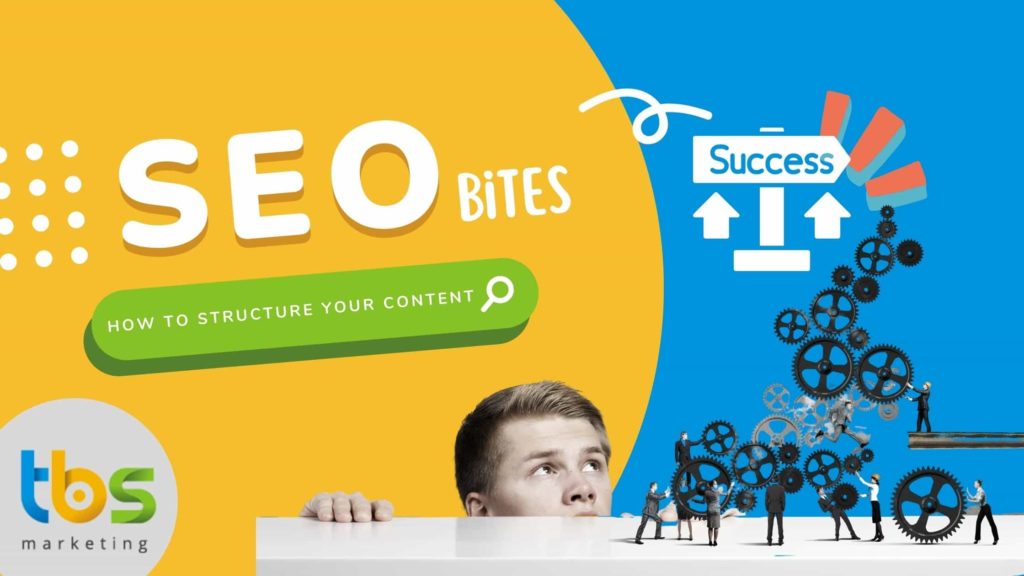
As a marketer or business owner, you always want to make sure your content is engaging for your audience. After all, engagement is key to driving conversions and achieving success with your content marketing efforts. So how do you ensure that your content is engaging? One important factor is the structure of your content. By structuring your content in an engaging and easily digestible way, you can increase the chances that your audience will stick around until the end – and maybe even take action.
Why structure matters for engagement
A lot of people think that content is all about the words, but that’s only part of the story. How those words are arranged on the page (or screen) is also important. That’s because the way your content is structured can have a big impact on how engaging it is. If your content is just one long block of text, it’s likely that readers will quickly lose interest. On the other hand, if you use headings and subheadings to break up the text, readers will be able to digest your content more easily and engage with it for longer. In addition, using images and other visual elements can also help to make your content more engaging by breaking up the text and helping readers to understand your message more quickly.
In addition, this structure encourages having more Header Tags which provide more context to crawlers on what the content on the page is about. This helps your SEO performance, so next time you’re creating content, remember that structure matters just as much as the words you use.
The different types of content structures
In writing, there are a variety of different content structures that can be used in order to better convey the message or story that you are trying to tell. The most common types of content structures are linear and non-linear. Linear content is typically presented in a chronological order, while non-linear content is often organized around topics or ideas. There are also a few less common content structures, such as hierarchical and associative. Hierarchical content is organized in a top-down fashion, while associative content is organized in a more free-flowing manner. Each type of content structure has its own benefits and drawbacks, so it’s important to choose the right one for the task at hand. With the right content structure, you can ensure that your message is clear and easy to follow.
For SEO, content structure matters but the coverage of a topic is more important. So how you structure all that information is what matters and can in some cases be referred to as content structure. For the most part this is more Content Planning and involves looking at tools like alsoasked.com to find out questions related to a topic and then writing interconnected articles that cover these questions.
How to choose the right content structure for your goals
When you’re creating content, one of the first decisions you’ll need to make is what kind of structure to use. The right structure for your content will depend on your goals. Are you trying to inform or educate your audience? Are you trying to persuade them to take action? Or are you simply trying to entertain them? Once you know what you want your content to achieve, you can choose the best way to structure it. If you’re trying to inform your audience, a straightforward approach is often best. This can help ensure that your message is clear and easy to understand. However, if you’re trying to persuade your audience or entertain them, a more creative approach may be necessary.
For SEO, you want to check what Google or the search engine of interest is telling you. Make a Top level search and see if pages are more informational, transactional, local, branded, news etc. This tells you the type of content that will rank well. From here you look to find questions and alternate intent queries around that topic, using tools like alsoasked.com or looking at the People also Ask section in search results. This helps you choose the right structure for topic coverage and will help your SEO performance.
In either case, taking the time to choose the right content structure will help you achieve your goals.
The impact of content structure on engagement
As any writer knows, the structure of a piece of writing can have a big impact on its overall effectiveness. A well-organized article or essay will be easier for readers to follow and understand and is more likely to hold their attention from beginning to end. On the other hand, a poorly structured piece can be confusing and frustrating to read, causing even the most interested reader to give up before reaching the end. Therefore, when planning the structure of a piece of writing, it is important to consider how this will impact engagement. By taking the time to thoughtfully arrange your thoughts and ideas, you can ensure that your writing will be more enjoyable and effective for both you and your readers.
For SEO, good engagement from content structure means good Anchor Text to other related pages. This helps keep users on your site finding out more information about a topic and the more information they can find the more likely you are to be viewed as an expert on that subject and rank well. W3C web standards also advise that having clear HTML structure is expected on the web and this is also considered by search engines for rankings.
Overall, the right content structure is essential for engagement and SEO. By taking the time to plan the structure of your content, you can ensure that your message is clear and easy to follow. This will ultimately lead to more engaged readers who are more likely to stick with your content until the end.
